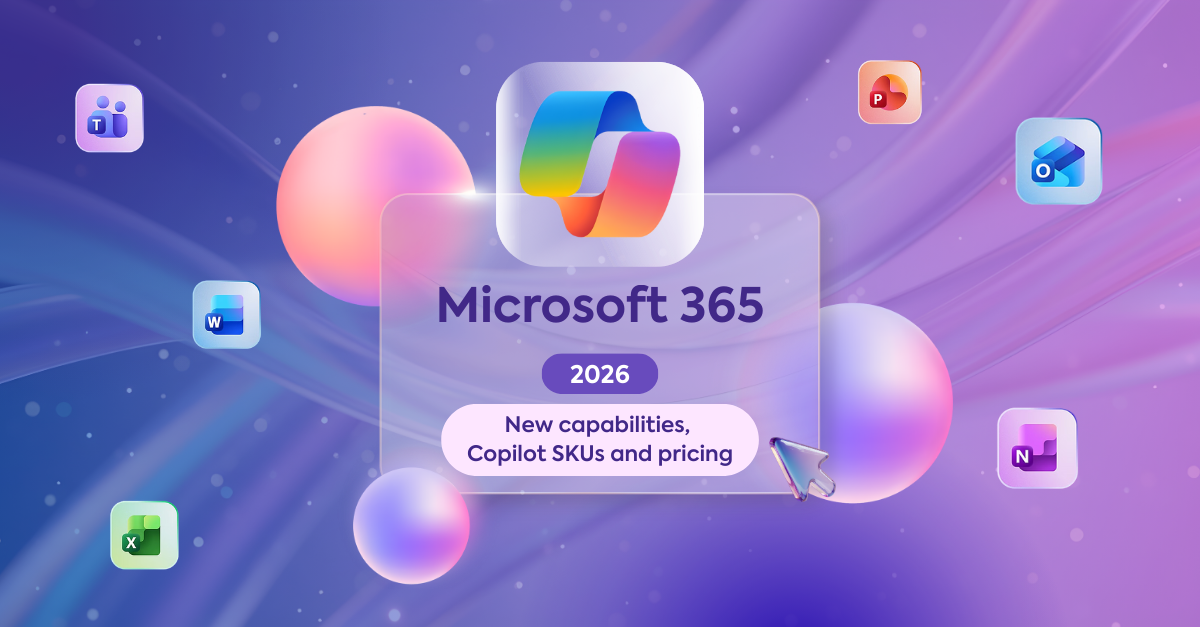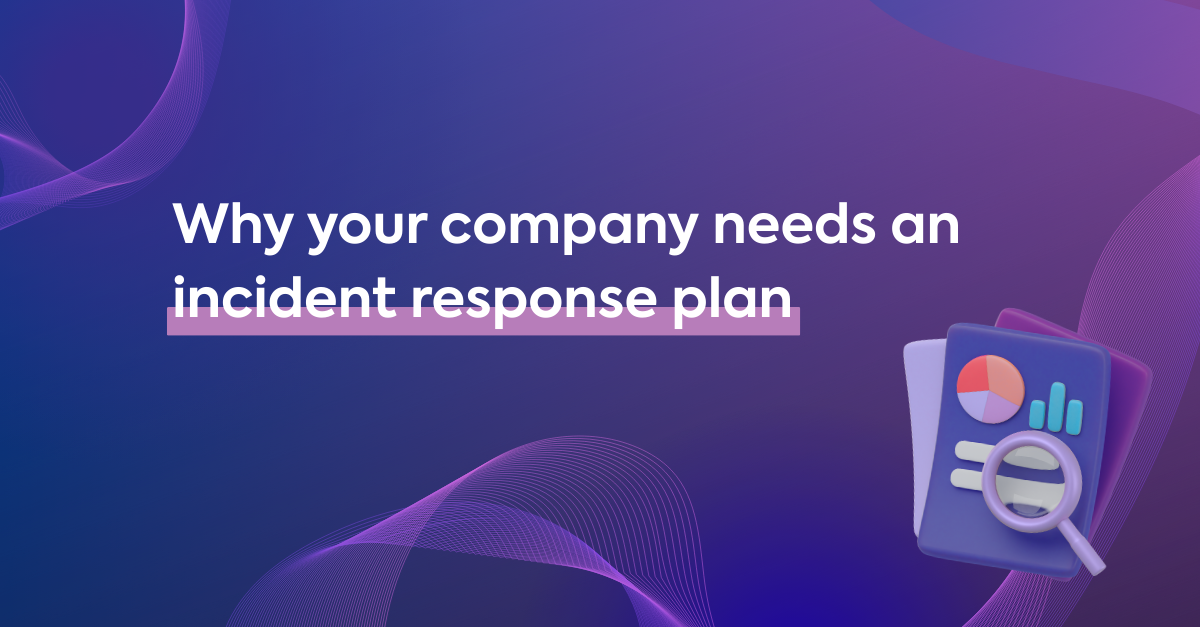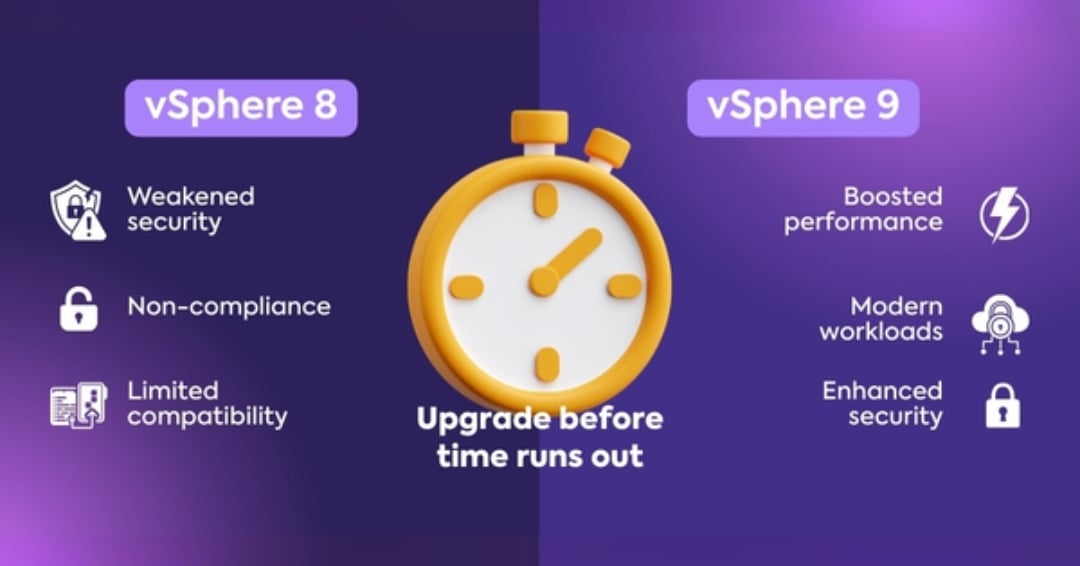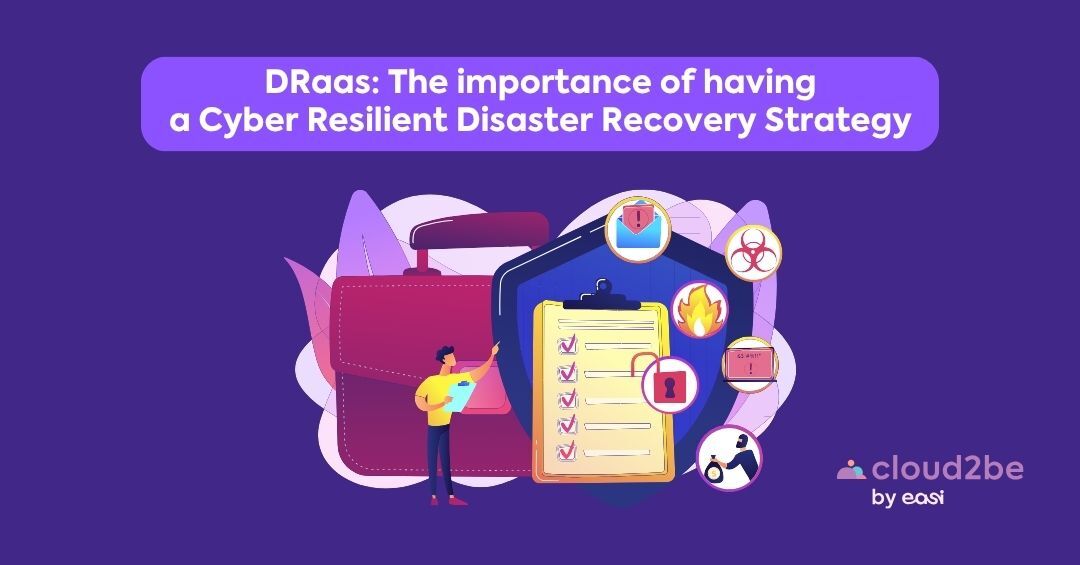As you may have read, Broadcom has just released the new VMware Cloud Foundation (VCF). Broadcom’s goal with VCF is to deliver a modern private cloud platform that combines the agility of the public cloud with the control, security, and performance of on-premises infrastructure.
This approach is significantly different from VMware’s previous model. Over the years, VMware developed various building blocks such as vSphere & ESXi, Cloud Director, Operations Manager, etc. As a Service Provider, you could mix and match these components to build a cloud management platform. However, since each building block had its own lifecycle, this introduced several challenges related to setup, interoperability, patching, and more.
As your trusted Cloud Service Provider, we are committed to supporting this transition because it will help us deliver an even more sovereign, secure, and scalable Cloud2be platform for the future. Over the next 12 months, our Cloud2be team will be working behind the scenes to prepare for the transition to Broadcom’s VCF.
Because you trust us with your most valuable assets—your data, your crown jewels, your digital oil—we will take the time to design this new architecture with the utmost care and consideration. Security and compliance are not just features; they must be built in by design, every step of the way. A robust and future-ready foundation cannot be created overnight, and we’re committed to doing it right.
We understand that any change to the underlying Cloud2be platform must be managed with care and thoughtful planning, so that when we reach the transition phase, the experience for you as a customer is as smooth as possible. That’s why we’re adopting a carefully phased approach.
Below is an overview of how we’ve structured the transition into clearly defined phases.
Phase 1: Learning and Adoption
This phase is focused on building internal expertise and validating our design decisions.
Our teams are immersing themselves in the new platform architecture to gain a deep understanding of its security features, capabilities, and design considerations.
Once this understanding is firmly in place, we’ll proceed with an in-depth Proof of Concept to validate our architectural choices and fine-tune them where necessary.
Phase 2: Assessment and Planning
In this phase we will map out the migration paths:
This includes identifying dependencies, uncovering potential technical challenges, and establishing clear timelines—all with the goal of minimizing disruption.
As part of our risk mitigation strategy, we’ll simulate the migration using several test (dummy) customer environments. This allows us to proactively detect and resolve potential issues before moving forward.
Phase 3: Transition
With a well-tested strategy in place, we’ll begin the actual transition to the new platform—executed with care and precision.
Our technical experts will guide each step of the process, ensuring operational continuity and maintaining transparent communication throughout.
Timeline:
Here’s a high-level view of the project timeline. Please note that these dates are indicative and may evolve as the project progresses:
- Phase 1 starts in S2 of 2025
- Phase 2 starts in S1 of 2026
- Phase 3 starts in S2 of 2026 or S1 of 2027
Phases 1 and 2 will take place entirely behind the scenes and will have no visible impact on your daily operations.
Stay tuned for more updates or contact us directly!




